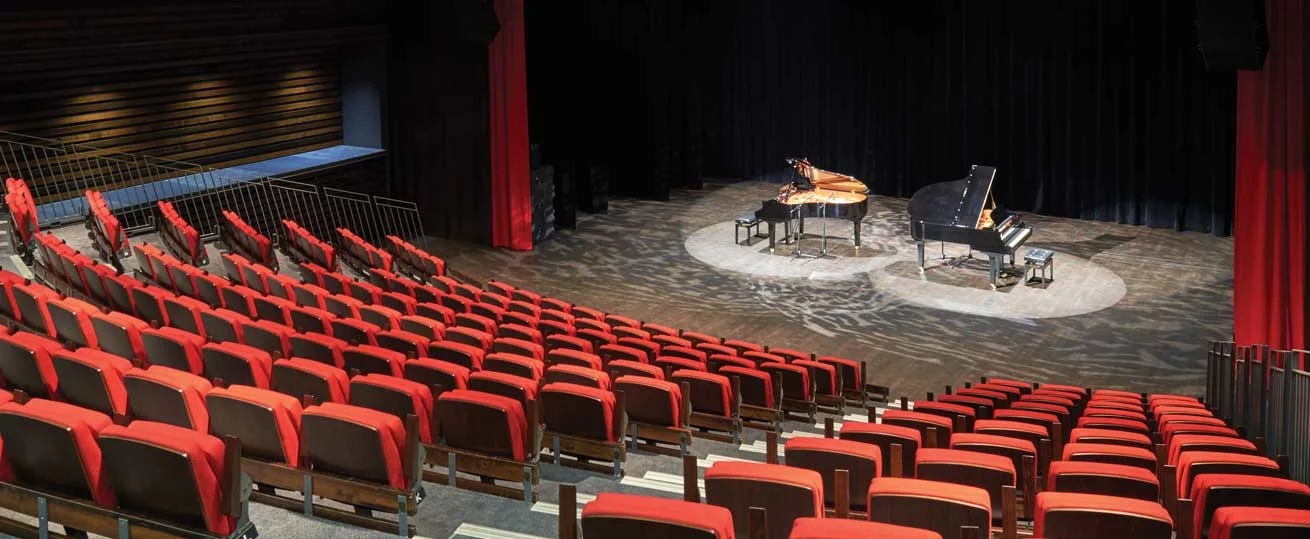Nowadays, floating floor systems are part of new-age and advanced building technology. They are a productive and efficient option to improve the acoustical performance of your buildings and are more often than not a part of box-in-box systems, installed in high-performance spaces.
An acoustic floating floor system will generally perform three functions, or a combination of these, based on the final objective in the building design:
Airborne Noise Isolation
To help boost up the airborne isolation properties of the floor structure. Some examples include, floors of mechanical equipment rooms, musical/ rehearsal spaces, recording studios, bowling alleys, etc.
Vibration Isolation
To aid with increasing vibration isolation properties of the structural floor, supporting vibration generating machines. Some examples are floors underneath generators, air-handling units, transformers, pumps, and related building service equipment.
Impact Noise Isolation
To enable an enhanced, impact noise isolation properties, of the floor structure. Typical examples can be floors of rooftop bars, ballrooms, classrooms, hallways, and others.
What Can An Acoustic Floating Floor Accomplish?
An acoustic floating floor is a suspended floor structure that is installed over a solid subfloor, to facilitate an air gap. The air gap helps isolate sound & vibration to the floating floor, so enhancing the acoustic properties of the flooring system.
The floating floors are among the lineup of go to noise and vibration control products recommended for a variety of reasons. The one typical reason is to isolate sound and vibration in a room. Isolating sounds is needed in spaces that experience a high footfall, in order that the foot traffic cannot cause a disturbance.
The second good reason to favor acoustic floating floors is to mitigate the cost and complexity of removing an old floor. Old floors made out from concrete, and those floors having carpet, including timber floors, may have a floating floor above them.
On top of it, Floating Floors are the right solution for acoustic-specific applications such as dance halls, drama stages, yoga zones and school halls.
How Floating Floors Work?
The sound and vibration damping effect of acoustic floating floor system is obtained, by using rubber isolators. These isolators go right through the structure, aiding in isolating impacts to specific zones on the floating floor. The system is formed up of various layers, such as metal formwork and concrete wet pour, or concrete board.
The acoustic floors specialists have the skills and tools to cover acoustic floors in anything such as carpet or boards. The thing to remember is that the top surface is specified for the desired application. For instance, carpet is not considered fit for dancing, but it suitable for yoga.
The Nutshell
Whatever your purpose is, like to block sound from coming in or going out, acoustic floating floors will enable you in controlling the sound absorption, transmission, and reflection up to the desired specification. To say in short, the floating floor system is the right solution for decreasing noises emanating from the background, to help improve the quality of the sound within the room itself.


No comments yet